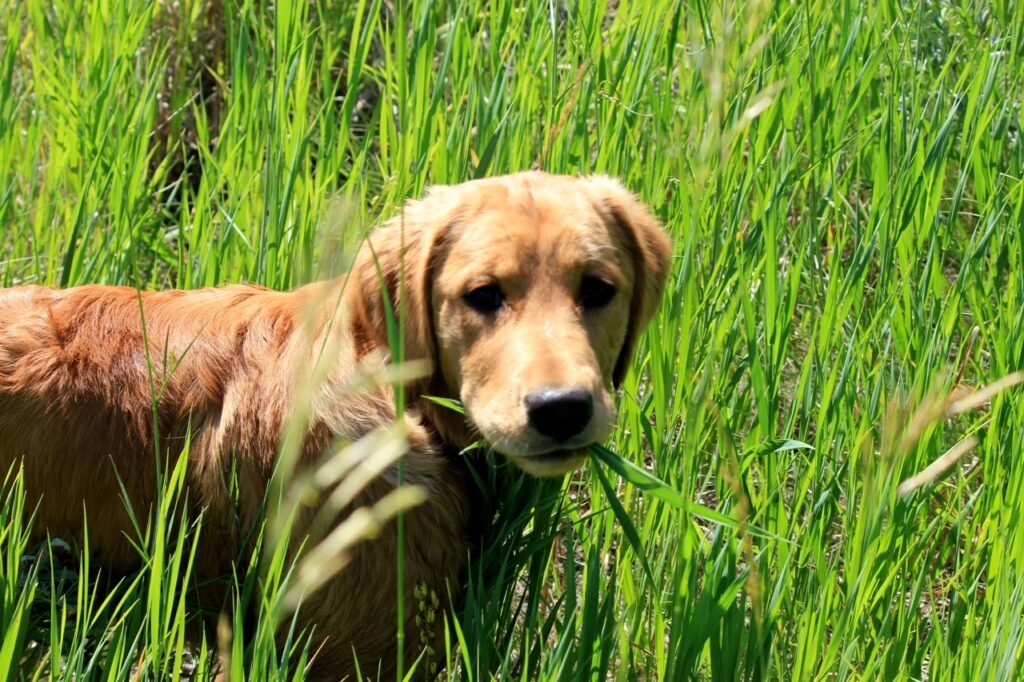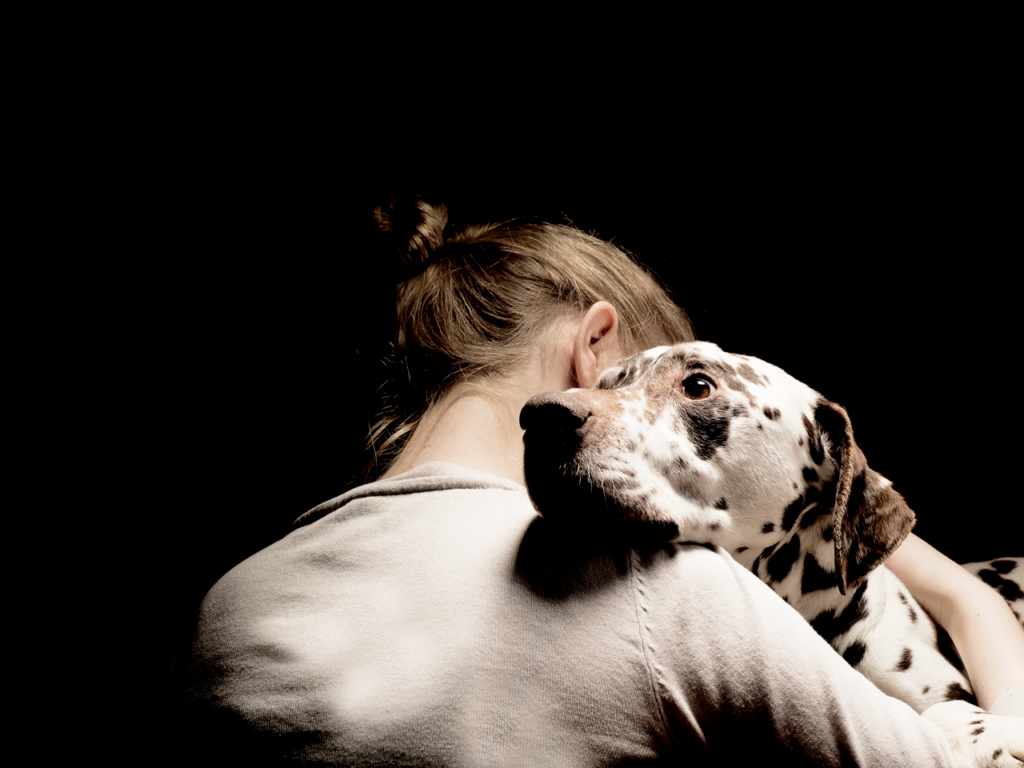
Pet Eye Health: Recognizing Symptoms and Seeking Treatment
Pet eye health is a critical aspect of responsible pet ownership that often goes unnoticed. Our furry companions, much like humans, can face various eye issues that, if left untreated, may lead to severe complications. In this article, we’ll explore the significance of recognizing symptoms and the importance of seeking timely treatment for common pet eye conditions.
Read More: Importance of Regular Pet Checkups: Preventing Health Issues
Signs of Eye Problems

Redness and Inflammation
One of the most visible signs indicating potential eye problems in pets is redness and inflammation. Bloodshot eyes can be a result of irritation, infection, or an underlying health issue. Pet owners should pay close attention to any changes in their pet’s eye color.
Excessive Tearing or Discharge
Abnormal tearing or excessive discharge from the eyes may suggest an infection or blocked tear ducts. It’s crucial for pet owners to distinguish between normal tearing and a potential issue that requires veterinary attention.
Squinting or Pawing at the Eyes
Constant squinting or pawing at the eyes is a clear indication of discomfort or pain. These behaviors may signify an underlying eye problem that necessitates prompt veterinary evaluation and care.
Changes in Behavior
Unexplained changes in a pet’s behavior, such as increased aggression or withdrawal, could be linked to eye discomfort. Pets often communicate their distress through altered behavior, making it essential for owners to be attentive.
Common Eye Conditions
Conjunctivitis
Commonly known as “pink eye,” conjunctivitis is a prevalent eye condition in pets. It can result from allergies, infections, or irritants and requires immediate attention to prevent further complications.
Cataracts
Cataracts, characterized by the clouding of the eye’s lens, can affect pets and lead to vision impairment. Early detection and intervention are crucial to managing this condition effectively.
Glaucoma
Glaucoma, marked by an increase in intraocular pressure, is a serious condition that can lead to blindness if left untreated. Regular veterinary check-ups are vital for early detection and management.
Dry Eye Syndrome
Dry eye syndrome occurs when a pet’s eyes do not produce enough tears, leading to discomfort and potential corneal damage if not addressed promptly.
Causes of Pet Eye Problems
Genetics
Certain breeds are genetically predisposed to specific eye conditions. Understanding the risks associated with your pet’s breed can aid in preventive care and early detection.
Environmental Factors
Exposure to environmental elements like dust, pollen, or smoke can contribute to eye problems in pets. Implementing measures to protect your pet’s eyes in different environments is essential.
Age-Related Issues
As pets age, they become more susceptible to various health issues, including those affecting the eyes. Regular veterinary check-ups become increasingly crucial as pets grow older.
Preventive Measures

Regular Veterinary Check-ups
Routine check-ups with a veterinarian play a crucial role in detecting potential eye problems early. Timely intervention can prevent complications and ensure the overall well-being of your pet.
Proper Nutrition
A well-balanced diet rich in essential nutrients, including vitamins A and C, contributes to overall eye health in pets. Consult with your veterinarian to ensure your pet’s diet supports their ocular health.
Eye Protection in Various Environments
Whether your pet is an outdoor adventurer or prefers indoor activities, providing appropriate eye protection, such as goggles or shields, can safeguard against potential hazards.
Recognizing Symptoms Early
Importance of Early Detection
Early detection of eye problems is paramount in ensuring successful treatment and preventing the progression of conditions that could lead to vision loss. Regular observation and prompt action are key.
Observational Tips for Pet Owners
Being observant of changes in behavior, eye appearance, and overall demeanor can help pet owners identify potential eye issues before they escalate. A proactive approach enhances the chances of successful treatment.
Seeking Treatment
Importance of Professional Intervention
While home care is essential, professional veterinary intervention is crucial for accurate diagnosis and tailored treatment plans. Veterinarians have the expertise to identify specific issues and recommend appropriate courses of action.
Treatment Options for Different Eye Conditions
The treatment approach varies depending on the specific eye condition. From medications to surgical procedures, your veterinarian will recommend the most appropriate and effective course of action for your pet.
Home Care and Support
Following veterinary advice for at-home care, administering medications as prescribed, and creating a comfortable environment for your pet’s recovery are essential aspects of the treatment process.
Holistic Approaches to Pet Eye Health
Natural Remedies and Supplements
In addition to conventional treatments, some pet owners explore natural remedies and supplements to support their pet’s eye health. It’s crucial to consult with a veterinarian before incorporating such approaches to ensure they are safe and effective.
Lifestyle Changes for Better Eye Health
Implementing lifestyle changes, such as reducing exposure to smoke or adjusting your pet’s diet, can contribute to better overall eye health. Small adjustments in your pet’s daily routine can make a significant difference.
Case Studies

Real-Life Examples of Successful Treatments
Exploring real-life cases where pets successfully recovered from various eye conditions can provide hope and guidance for pet owners facing similar challenges. These stories showcase the positive impact of timely intervention and dedicated care.
Learning from Others’ Experiences
Understanding the experiences of other pet owners who have navigated eye health issues can offer valuable insights and encouragement. Learning from their challenges and successes can empower pet owners in managing their pet’s eye health.
Conclusion
In conclusion, safeguarding your pet’s eye health is not just a responsibility; it’s an integral part of providing comprehensive care. By recognizing symptoms early, seeking professional treatment, and incorporating preventive measures, pet owners can contribute significantly to the well-being and longevity of their beloved companions.
Read More: The Role of Pet-Friendly Technology: Enhancing Health and Safety
Frequently Asked Questions (FAQs)
- What are common signs of eye problems in pets? Common signs include redness, excessive tearing, squinting, and changes in behavior. If you notice any of these, it’s crucial to consult with a veterinarian.
- Can pet eye conditions be prevented? While some conditions may have a genetic component, many can be prevented or mitigated through regular veterinary check-ups, a balanced diet, and protective measures in various environments.
- How often should pets have eye check-ups? Ideally, pets should have annual eye check-ups. However, older pets or those with specific breeds prone to eye issues may require more frequent examinations.
- Are there home remedies for mild eye issues? Home remedies like saline solutions for cleaning eyes can be used for mild issues. However, it’s crucial to consult with a veterinarian before attempting any home care.
- When should I seek immediate veterinary attention? Any sudden or severe changes in your pet’s eye health, such as trauma, sudden blindness, or persistent discomfort, warrant immediate veterinary attention.







